The live-action movie One Piece has just been released to audiences on the online platform Netflix, and immediately, the movie received a thunderous applause from critics with a score of 83% (certified "fresh") and was loved by many audiences. The journey to conquer the dream - the legendary treasure One Piece - of the Straw Hat crew across the oceans has touched the hearts of many generations of comic book (manga) readers.
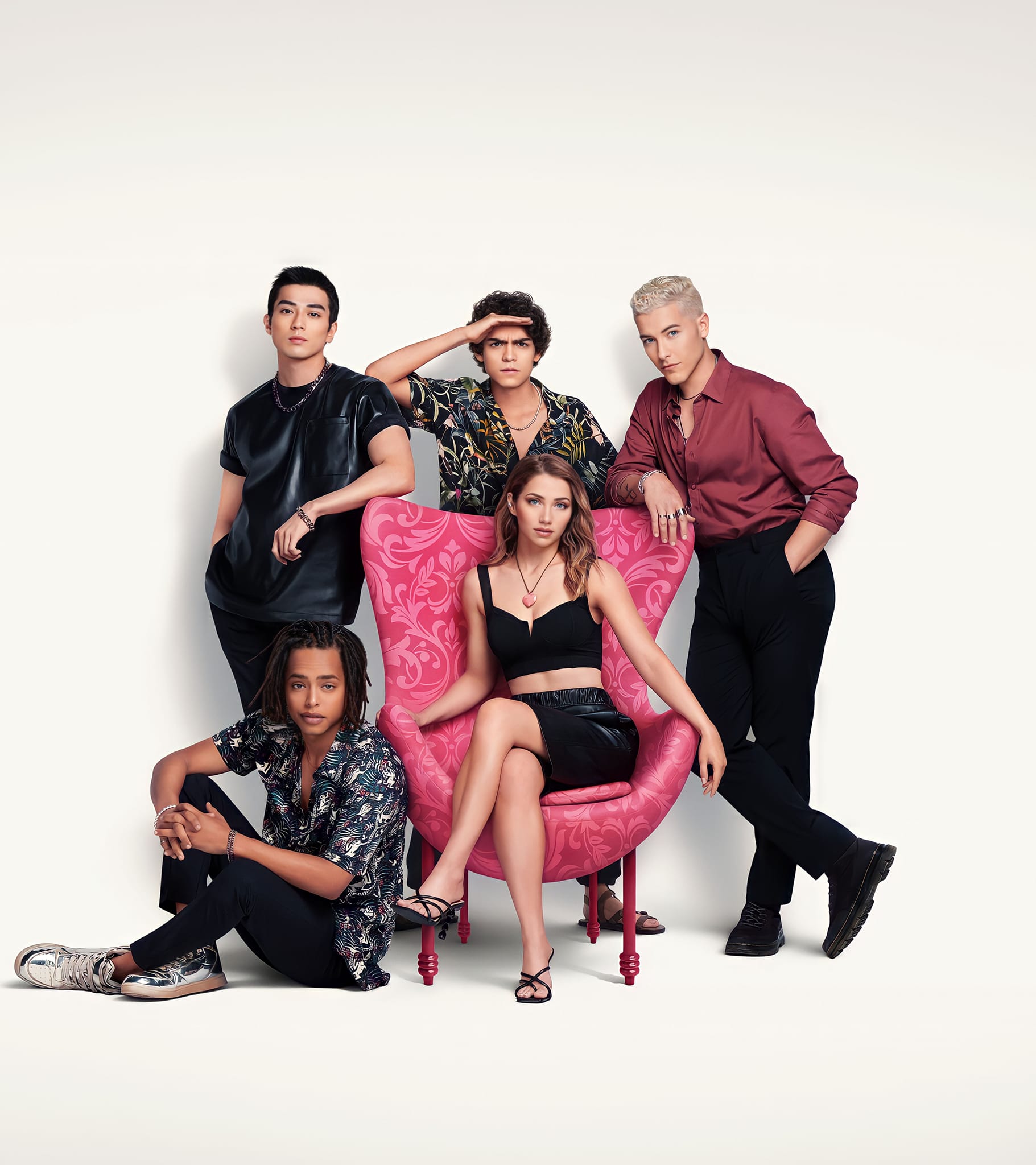
The live-action One Piece cast includes (standing, from left) Mackenyu, Iñaki Godoy, Taz Skylar, (seated) Emily Rudd and Jacob Gibson
First introduced to readers in 1997, Eiichiro Oda's series later became a "global phenomenon" thanks to its universality - an interesting story with a huge cast of characters, constantly expanding the plot over the years to convey a positive message that you should live life to the fullest, and never stop dreaming. Many generations have grown up, crying, laughing and dreaming with Eiichiro Oda's characters. In the early 2010s, One Piece "dominated" the manga market when Shueisha, the publisher of One Piece , announced that the series had hundreds of millions of printed volumes.
The latest live-action film that Netflix has invested a lot of effort into has been praised by Western critics and audiences as a successful adaptation. The huge shadow of the previous anime of the same name did not make the crew hesitate when deciding to adapt. The film brings together a cast such as Iñaki Godoy playing Monkey D. Luffy - captain of the Straw Hat Pirates, Arata Mackenyu playing Roronoa Zoro, Emily Rudd playing Nami, Jacob Gibson playing Usopp and Taz Skylar playing Sanji. The film is produced by author Eiichiro Oda himself, along with other producers such as Matt Owens, Steven Maeda, Marty Adelstein and Becky Clements.
Eiichiro Oda and the One Piece crew gave an exclusive interview to Thanh Nien Newspaper about the journey of creating the work - about the point of view, the interesting things on set and the "kitchen" stories that were "revealed" to readers for the first time.
Eiichiro Oda: "I want One Piece to be produced close to world standards"
* Hello Eiichiro Oda! We understand that One Piece recreates part of the manga world. What were your expectations for this adaptation?
- Eiichiro Oda: In Japan, people of my generation grew up watching Hollywood movies and we were big fans of them. Most of the movies that were popular in Japanese theaters were Hollywood movies like Indiana Jones , ET , and Terminator . Those were my childhood movies. That's how I grew up. So I had quite high expectations for the film adaptation, which if Hollywood produced, would be very valuable. The quality would be absolutely amazing. And I expected that instead of a Japanese studio producing it, Hollywood would do it and would be able to bring the quality close to the world that I had drawn. It's true that since then, I've grown up and compared to many of the writers, producers, and all the teams working on the show, I'm at a place where I've experienced a lot myself.

One Piece first episode was released to readers in 1997, initially the journey only had a few characters including Luffy, Nami and Zoro.
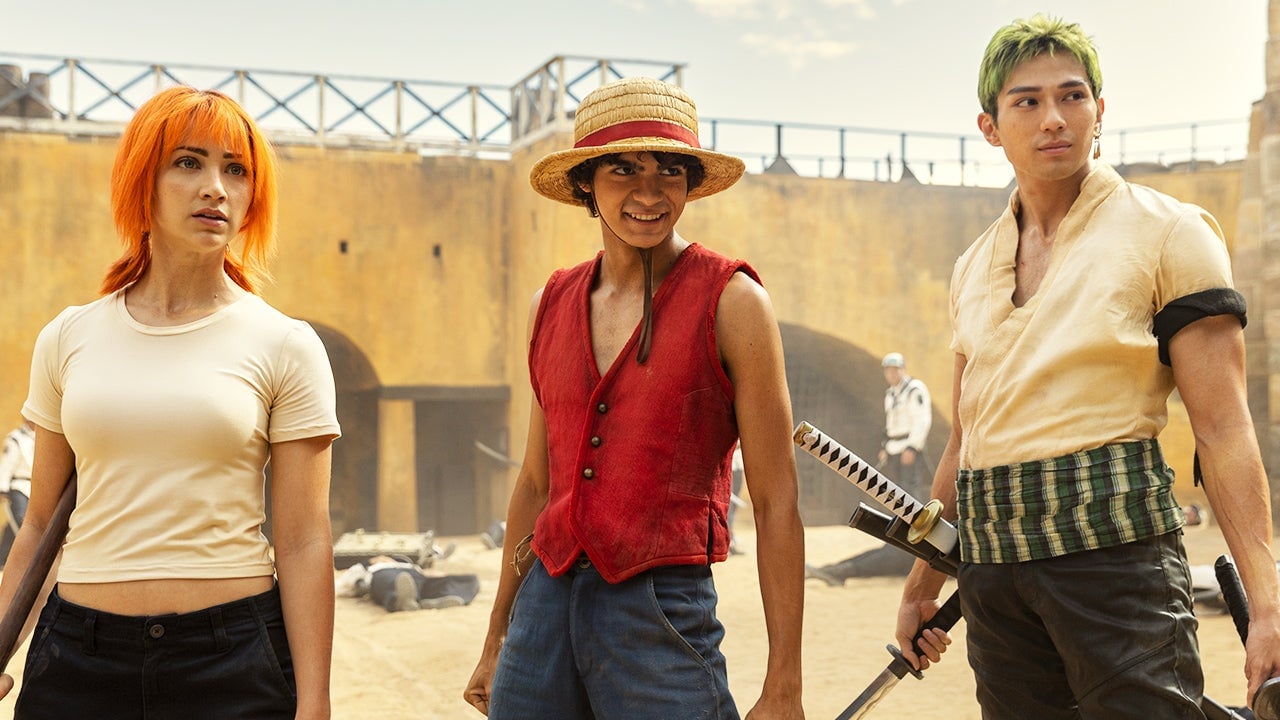
3 characters Luffy, Nami and Zoro live-action adaptation
* How do you feel about the final product?
- During the production of the project, if there was anything I felt was not right, I did not hesitate to discuss and let the crew know. But when I saw the final product, I am very happy to announce that, as I had initially expected, Hollywood was truly able to realize my vision.
Director Marc Jobst : "We created One Piece for everyone"
* Hello director Marc Jobst, as the director who "opened" the entire live-action One Piece series, do you feel nervous or pressured? Because this is a big, important adaptation of a franchise?
- Marc Jobst : I'm really excited. It's an honor and a privilege to be asked to direct the first two episodes of this massive and beloved project. I fell in love with it when I read the script by Matt Owens and Steve Maeda, and I fell in love even more when I started digging into the world of One Piece. I understand how much this franchise means to so many people. Not only is it a great story, but many of the actors who auditioned told me that this title had been with them through their darkest times. As a director, it is a big responsibility but also a big challenge for me. I hope everyone enjoys the work.
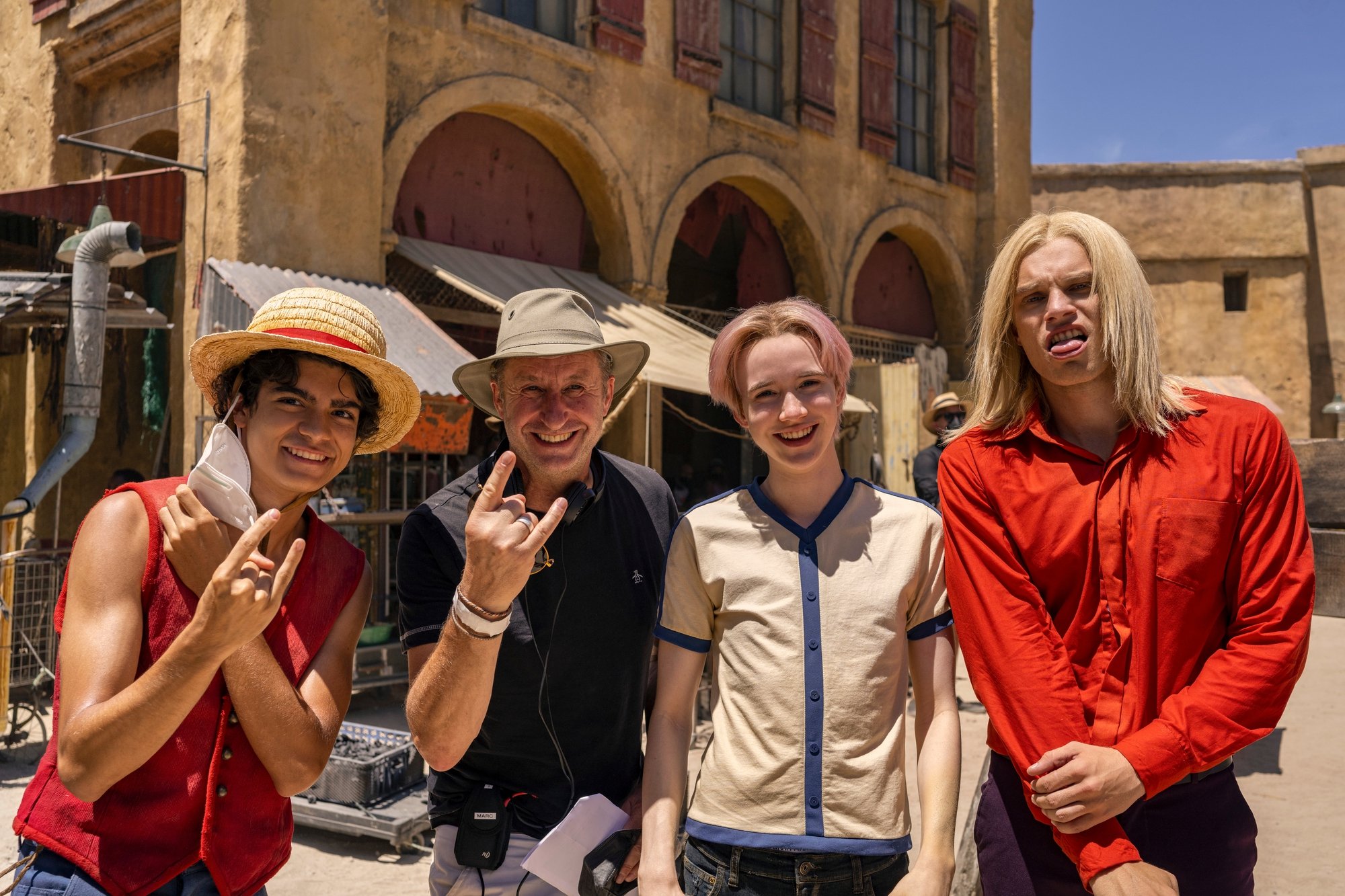
Director Marc Jobst and actors on the set of One Piece . Photo provided exclusively to Thanh Nien Newspaper.
* What impressed you most on the One Piece set ? Which character impressed you most in the first season?
- It was really hard to make a choice, like choosing which child you love more. I want to send my great love to all the characters, for their dedication, devotion, hard work and physical efforts for the film. My action scenes on the One Piece set were filmed in a very special way and this required us to prepare special filming equipment that had never been used before. This also required the actors to not only act well but also be physically strong to perform many dangerous action scenes themselves, at the same time, they also had to memorize the movements so that I could perform long and smooth scenes at the same time.
The cinematic language of One Piece is very unique, even though I have directed a lot of action for Marvel movies or The Witcher , One Piece still requires a very different way of directing. We had to look for both martial arts directors and actors who fit that criteria. It's hard to choose a favorite actor or favorite scene.
If I had to pick my favorite episode, it would be episode 2 because I directed it, and because it is associated with the character Buggy the clown. When I walked onto the set and saw the tents and the large handmade hoops placed around the actors under the stage lights, I was really elated and extremely excited.
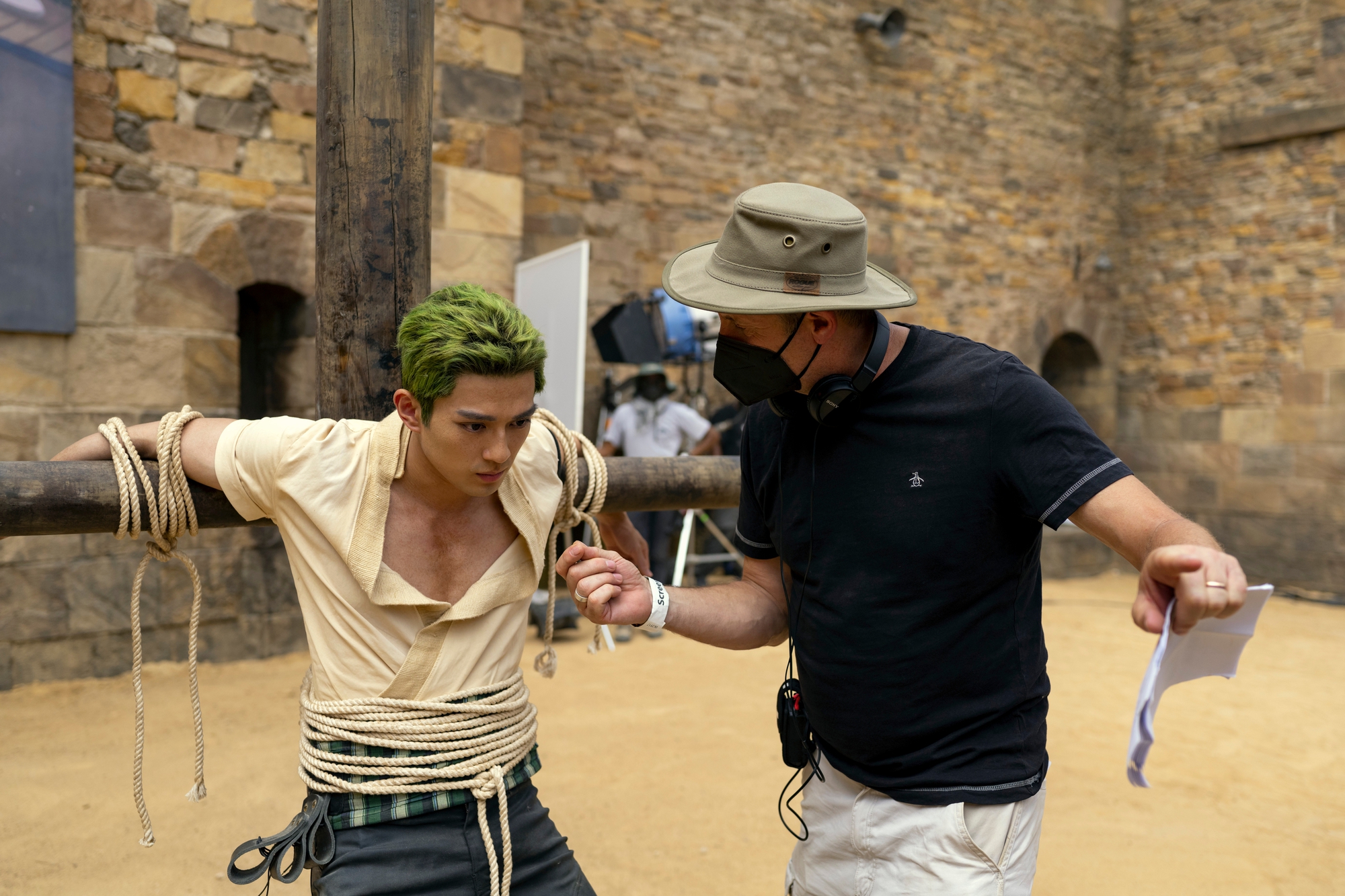
Actor Arata Mackenyu on the set of One Piece
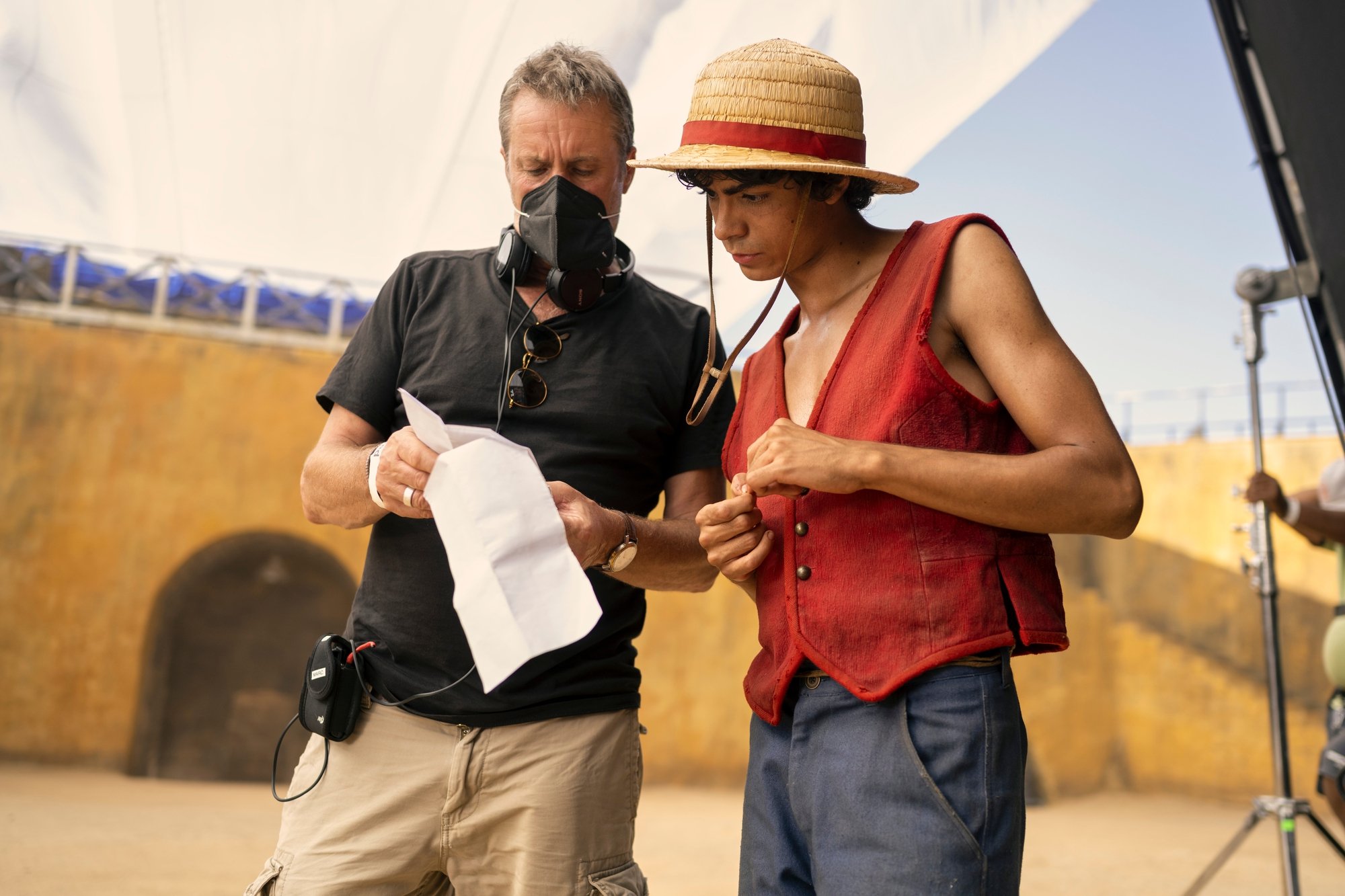
Director Marc Jobst directs Iñaki Godoy on set
My favourite scene is the Baratie floating restaurant - a set that Richard Bridgeland, the visionary production designer, took a manga drawing and brought it to life in a three-dimensional, living space. It really gets me emotional when I talk about it, because we wanted every different world we went to to feel like it had a story, a history. There were stories in Baratie beyond the one we were telling - that's what we were after. Sometimes Richard Bridgeland and I would walk around the set and pick up an object and ask the people who were building the set, "What's this about? What's the story behind it? Why is it here?" We wanted everything to have a story to give the feeling that this world has been around for a long time...
* One Piece is a series that carries a strong Japanese spirit from its drawings to its presentation. So when it was made into a movie, how did you balance this Japanese element?
- I'm really grateful that Oda-sensei has supported us. Because we want to create a One Piece world for the original fans, but at the same time we want all the audiences around the world to be able to know the movie because of this great story and these great characters. So we've tried really hard to balance that, and keep it consistent with the original manga, but also want to expand this world with stories, characters and human connections that people will enjoy. The audience is the same everywhere, whether you're in Japan, in the UK or in the US, we all feel, laugh, cry, yearn and dream, and what we want to do with these characters, this story is based on the universal idea of being a person who wants to go on an adventure.
With the 5 characters of the Straw Hat crew, especially Luffy, who is full of hope and optimism, he wants the best for everyone, and he wants everyone to believe in their dreams and believe in themselves. For me, it's a story that every person in this world should listen to.
Director Emma Sullivan: Iñaki Godoy is the young "leader" leading the cast
* Dear director Emma Sullivan, may I ask, did you and the other director direct this series in parallel or did one director finish first and then the other? One Piece is a big story with many small stories interwoven within it, how did you two "work" together to make everything fit together?
- Emma Sullivan: We shot it out of order, out of sequence. So, episodes 2 and 3 we actually shot last because it was winter in Cape Town (South Africa), so everything else had to be shot before that.
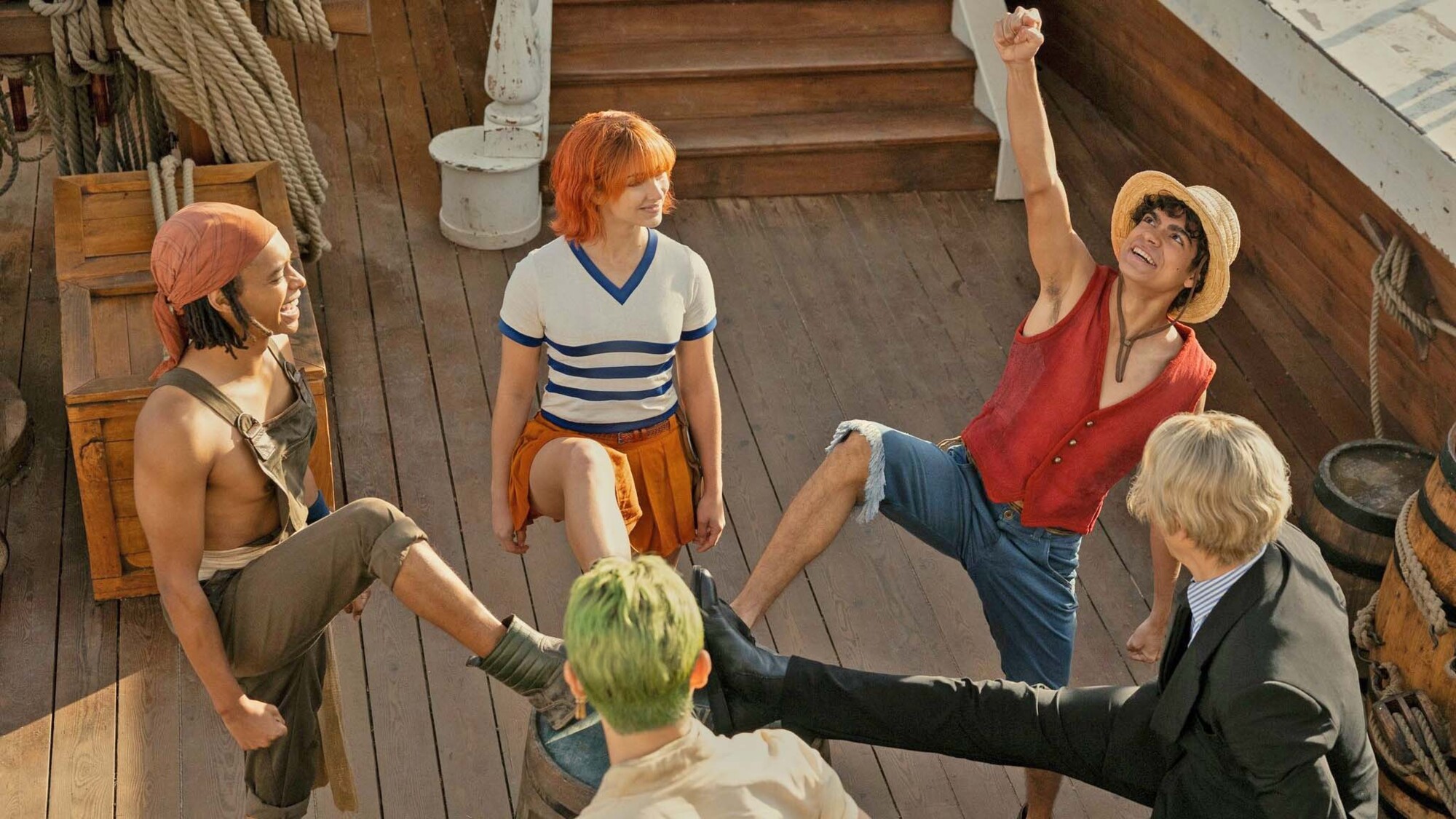
Actor Iñaki Godoy is considered to be young but very optimistic and full of energy in every filming set.
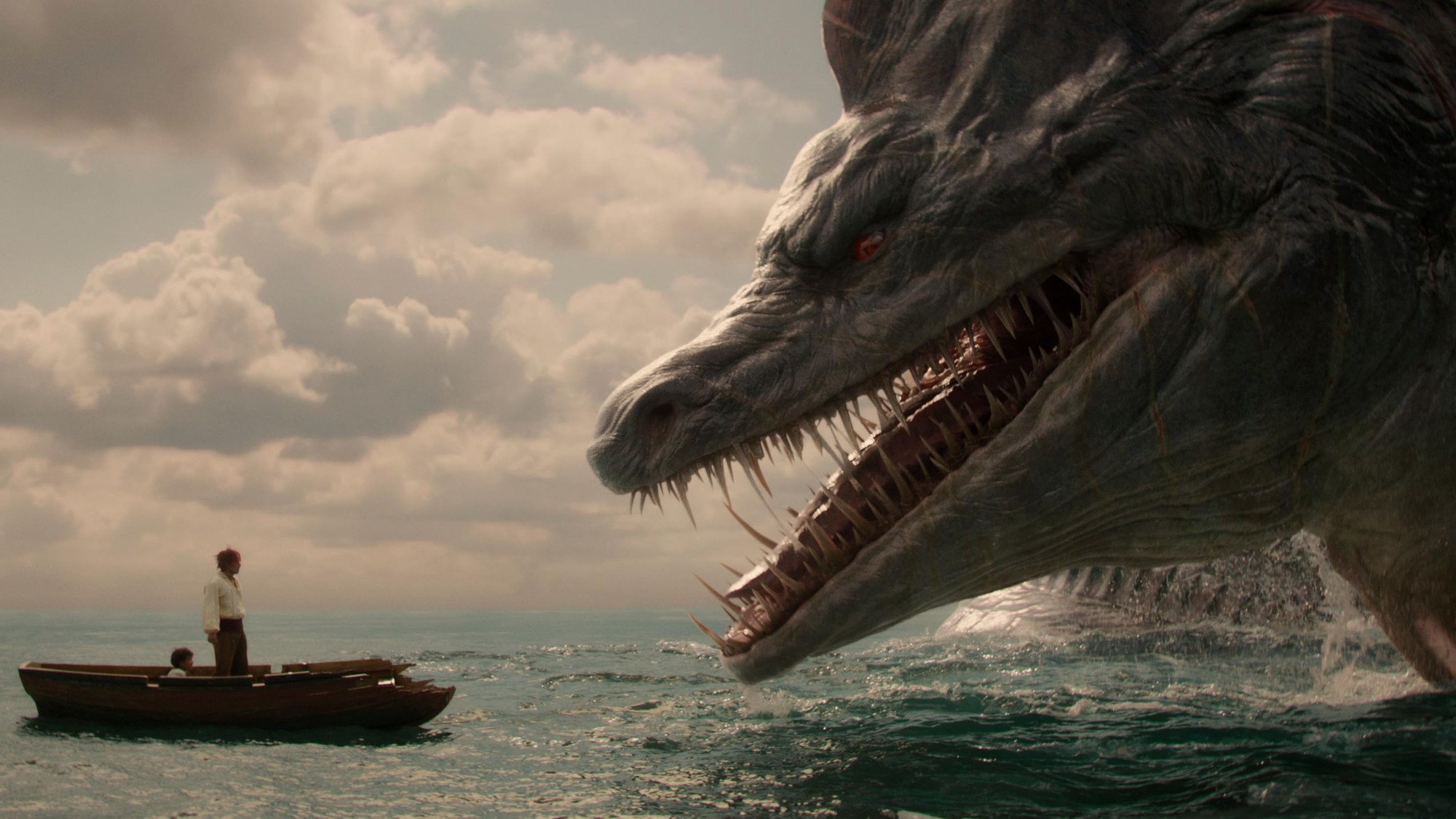
The effects in the live-action One Piece are handled smoothly.
* I heard that author Eiichiro Oda asked Netflix to re-direct the action scenes in the film because they weren't very good. Can you share a little about this?
- There's a scene in one of my episodes, where young Zoro is with Kuina and Shimosuke Village, where they're fighting with real swords and we shot it with kids wearing kendo masks. Oda-sensei said, "I want to see their faces, can we go back and see their faces?". We revised the script and reshot it. Then we went back to South Africa to reshoot the movie with these young, passionate actors.
* What impressed you the most on the One Piece set ? Which character impressed you the most in the first season?
- It's hard to choose who impressed me the most because they are all great friends and actors. However, I think Iñaki Godoy should be the one who gets the most praise because he is very young, only 18 years old and has to "lead" the whole cast. Inyaki is always on set every day with a very optimistic, positive and shining energy.
The set designs are both stunning and detailed. I was a little jealous that I didn’t get to shoot at the Baratie floating restaurant, which is a huge, epic set. But my set at Kaya’s mansion showed how much effort went into it, as there were things in every drawer and bedroom that the actors could use, even though you never see them on screen.
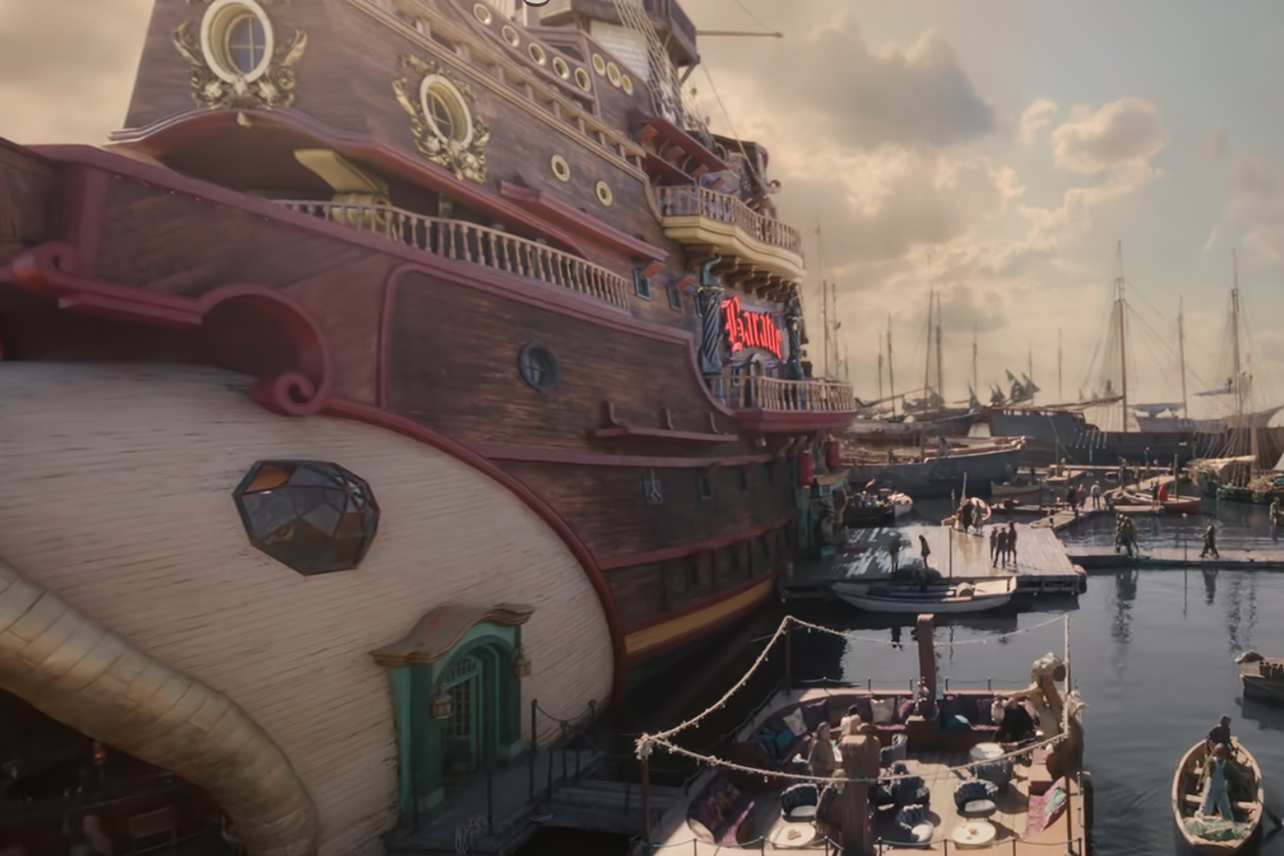
Baratie Floating Restaurant, one of the spectacular sets in the film
Composers Sonya Belousova and Giona Ostinelli: One Piece 's music is diverse in its entirety
* Hello Giona Ostinelli and Sonya Belousova, thank you very much for composing such great soundtracks for the live-action One Piece, even though this is the first time One Piece has been adapted into a live-action film. What was your inspiration during the composing process?
- Sonya Belousova and Giona Ostinelli (joint response): We are, first of all, die-hard fans of One Piece , both the manga and the anime, growing up watching them as well as everything else. That has always been an inspiration and it was important to all of us, to John and I, to Matt Owens and Steve, my head of programming, to Netflix, to Tomorrow Studios and to Oda himself, that the live-action One Piece would have its own identity and its own musical identity. But on the other hand, we are also anime fans ourselves, we were inspired in part by anime. The only way for us to do that was to find a kind of "language" and connect them so that those songs would become part of the "live-action universe".
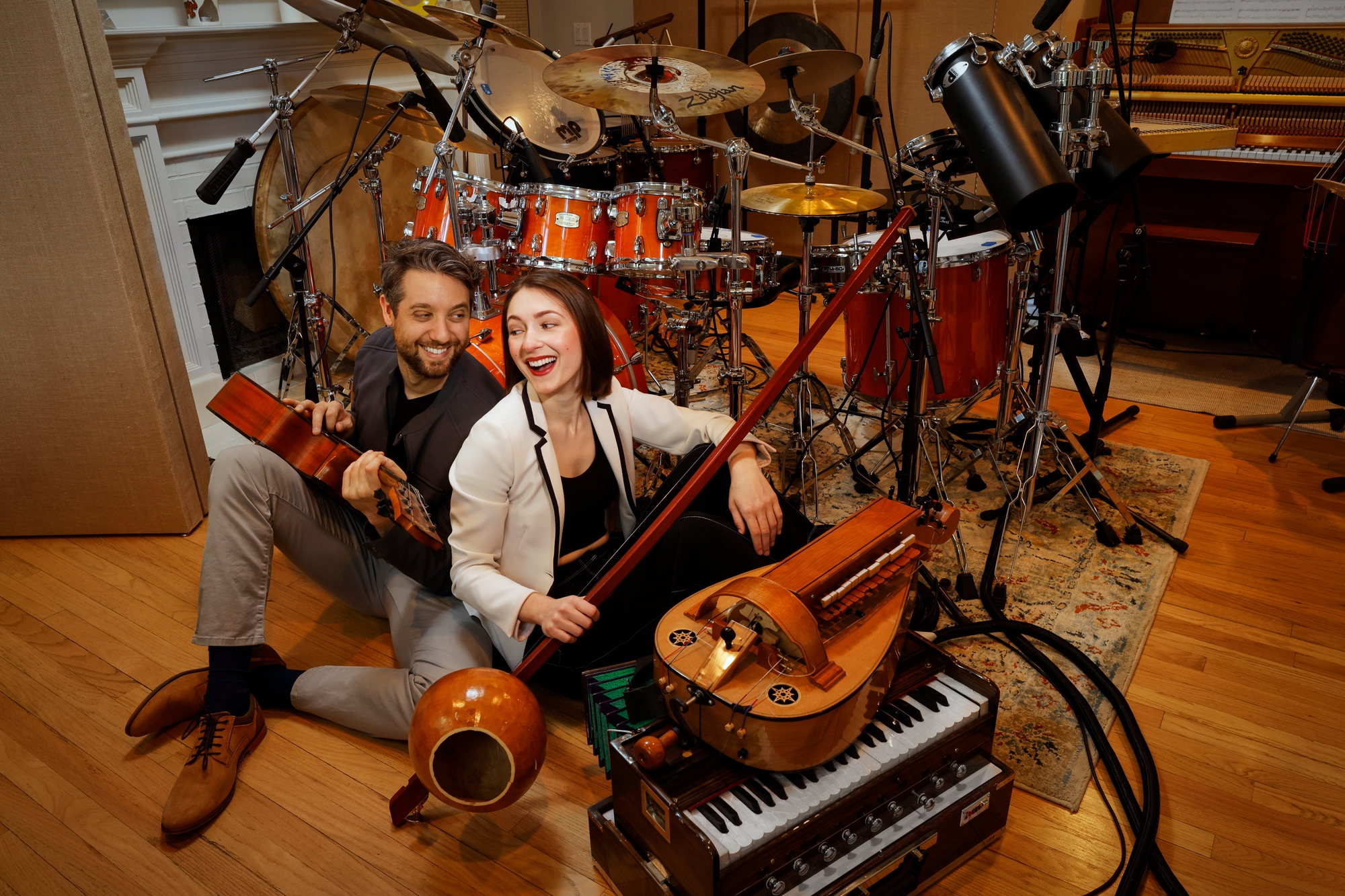
Composers Giona Ostinelli and Sonya Belousova used a wide variety of instruments when composing for the film's characters.
* What main instruments did you use to compose the music for One Piece ?
- We are very excited every time we share about One Piece . There are many instruments that we used to create the One Piece "musical universe" because it is an extremely diverse "universe". The Straw Hats have 5 members but villains appear throughout their adventures. The project itself is very diverse in genre and style, which is extremely important for us to express in the music. We were able to freely create many different genres of music, there is also an epic orchestra and 2 great songs performed by artists like Aurora. Aurora is a Norwegian pop singer who is very skilled in flamenco, often collaborating with guitarist Marcin. Marcin is really great, to the point that he brought me the sound of Hog's fiery flamenco guitar with a combination of big band jazz funk and circus music. Because in the film, we have characters that need to be represented by circus music, folk music, hip hop music, and even rap music. The One Piece "universe" is so diverse that one instrument would not be enough. What we did was give each member of our Straw Hat crew a very specific instrument. Not only each villain, but every island has its own unique sounds and instruments.
With Luffy, he's represented by a Hurdy-gurdy because honestly, what pirate movie or pirate item out there doesn't have a hurdy-gurdy? We like to call the hurdy-gurdy an iconic musical - the Jolly Roger, because every time I think of pirate music, it's a fiery, gritty tune that comes to mind. Then there's Nami, her music is a flute. What's interesting about her is that she really acts as an emotional arc throughout the season. Unlike when we did the music for The Witcher , we introduced the theme song at the beginning of the episode and then developed it throughout, with the song coming at the end. With Nami, we introduced her music in episode one, and it was in a very quirky, determined style played by a flute. And then we developed this theme throughout the season, giving the audience a chance to really dive into the character's own theme and explore all the different nuances and forms of the theme before coming to the most lyrical and powerful song at the end of episode 8 composed by Aurora.

Each of Zoro's swords is represented by a separate instrument.
For Zoro, from the beginning, we decided how cool it would be if each of his three swords were represented by a specific instrument. So the first sword was represented by a Bansuri, which is a long Indian flute that looks like a sword. With a very long flute, you can also create a very sharp and staccato sound with that instrument, which really sounds like Zoro's sword technique. His second sword was represented by a drum, and we have a number of frame drums here in the studio, but we used the biggest frame drum because it makes a powerful, powerful sound. Finally, the third sword, the Wado Ichimonji, is a very important sword because there's a lot of history around that sword, but there's also a lot of Zoro's personal history around it. So that sword is represented by a Duduk, a medium-sized Armenian flute that produces a sacred and mystical sound.
Sanji, the romantic guy with long hair, looks very sleek, sharp and has a bit of a jazzy vibe so jazz-funk music genre would probably suit him the best. As you know, his fighting style is kicking. So we thought what better way to express his fighting style than with a jazzy drum accompaniment.
Finally, Usopp. Usopp is a really interesting character because his dream is to be the bravest pirate, just like his father. When we started this season, we used a ukulele for Usopp because he's a little shy, you know, he still has to gain confidence inside. We needed a small and practical instrument to represent that artistically - the blues ukulele. It's very quirky and it really represents the "weird" nature of his character.
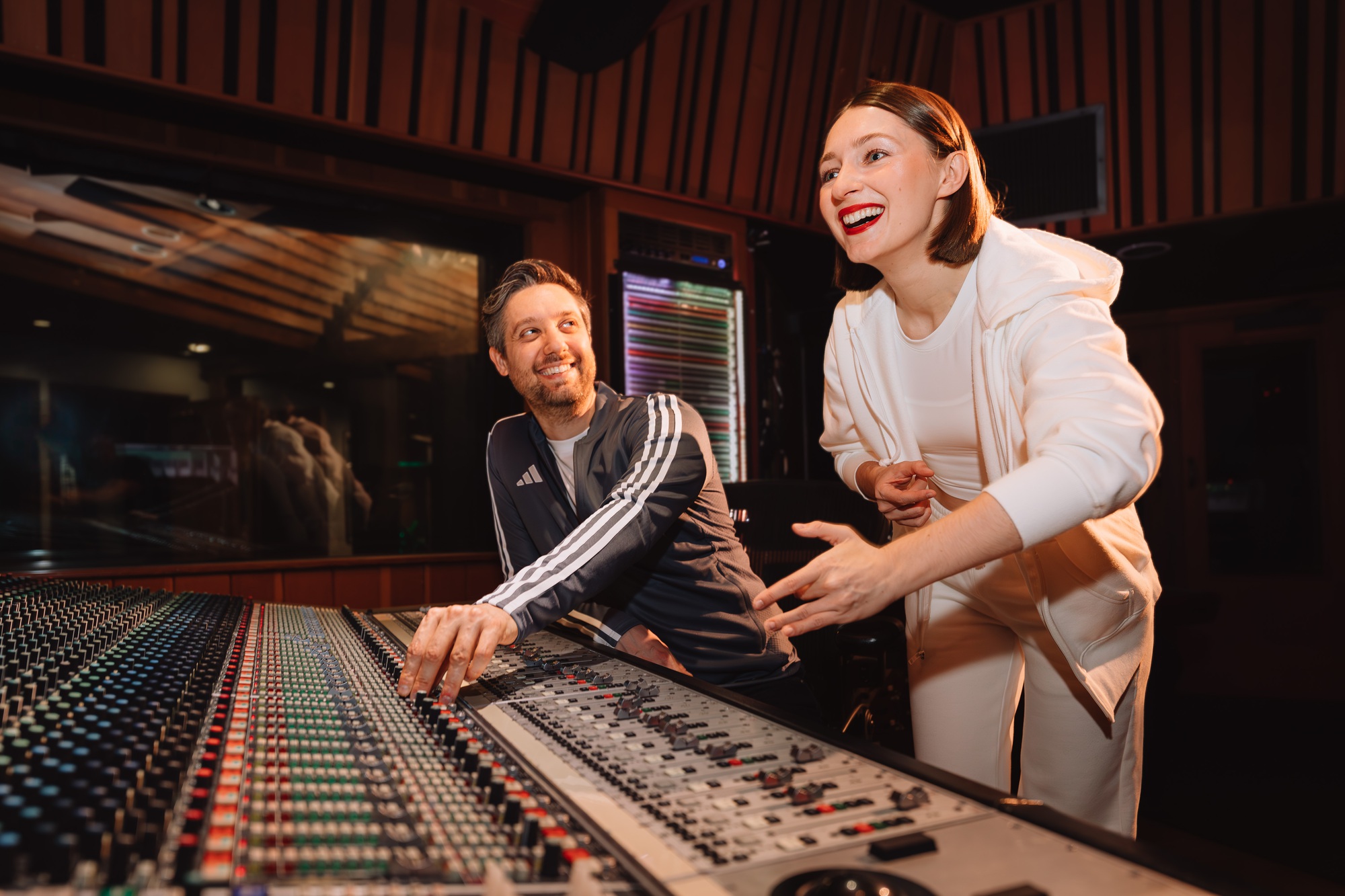
The two composers always keep the energy as cheerful as possible while composing the One Piece soundtrack.
* What is the main spirit of the soundtrack?
- There's a lot of energy in the show and so is the soundtrack, because our main team is very dynamic and different. We keep the energy fun when we work almost 100% of the time. However, we still keep the "personality" for Nami's scenes, because Nami represents the emotional range of this season. We use all the energy and motivation as well as all the different genres of music throughout the season.
* Thank you for sharing, I wish you good health!
Source link


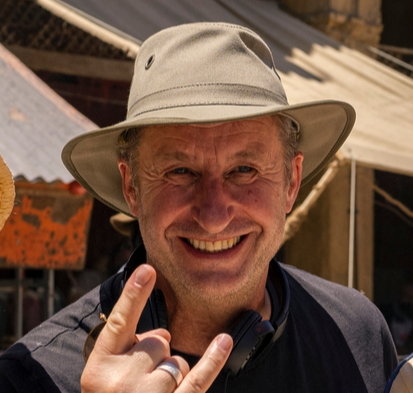
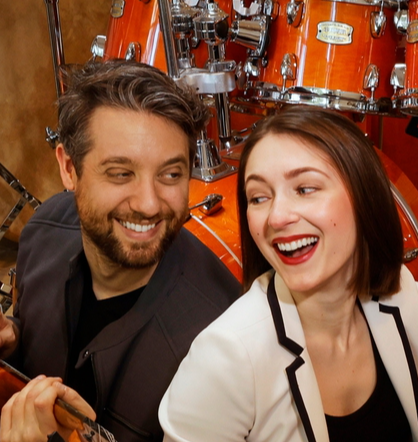

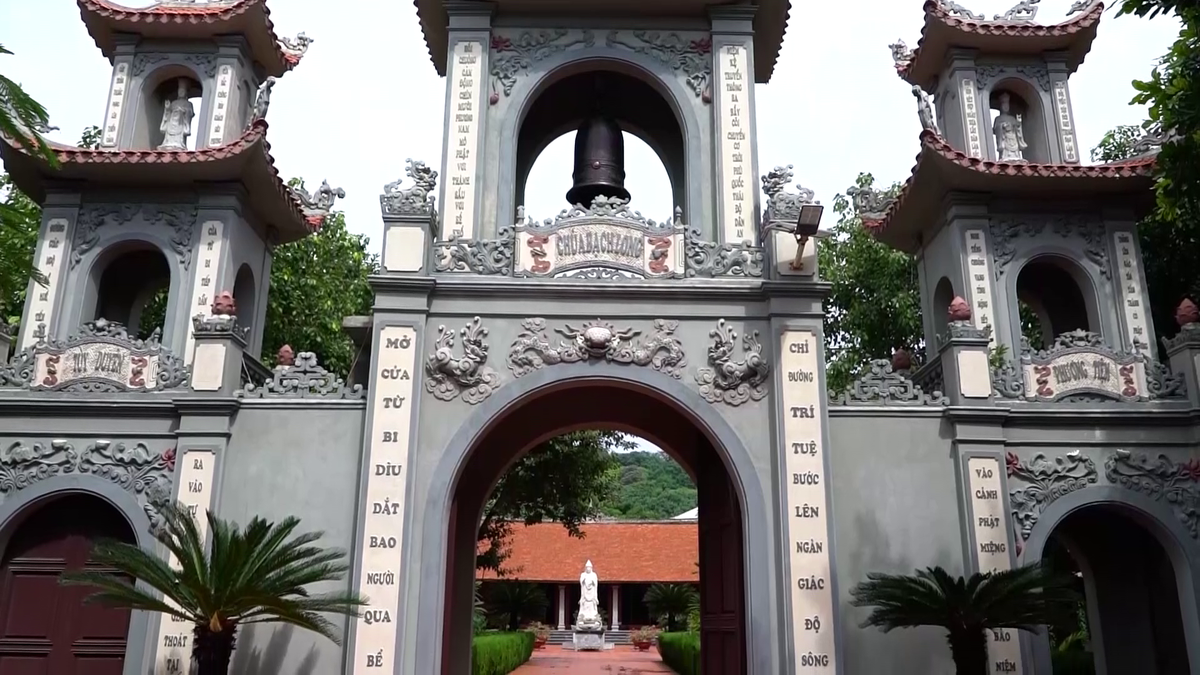




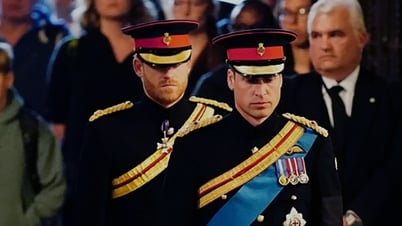




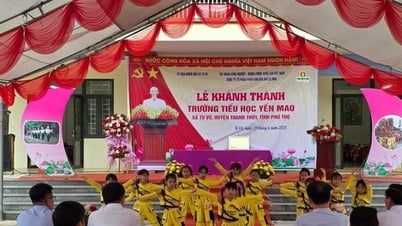

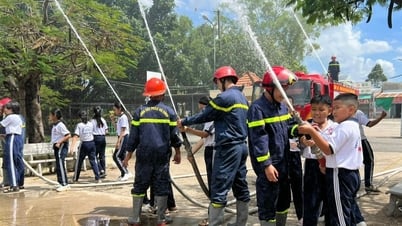

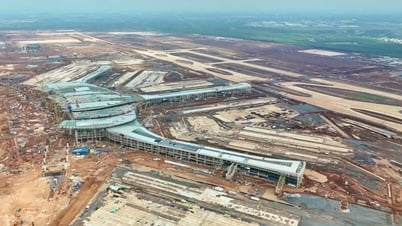




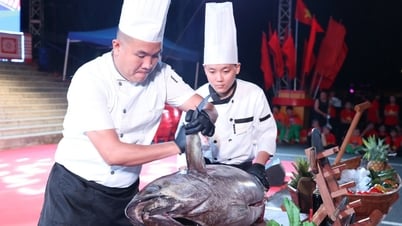
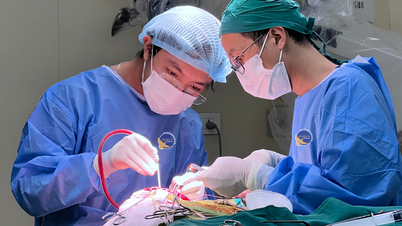











































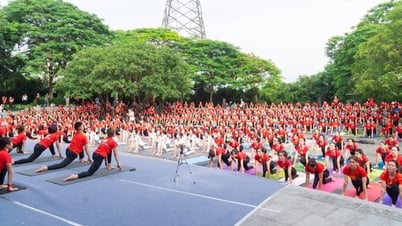










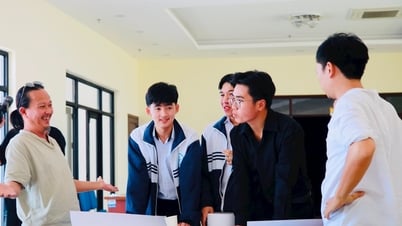

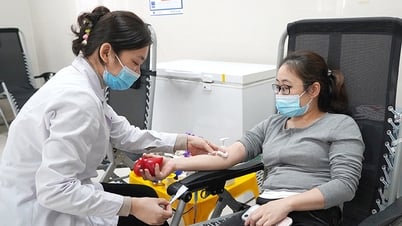

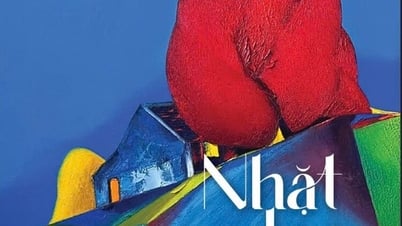


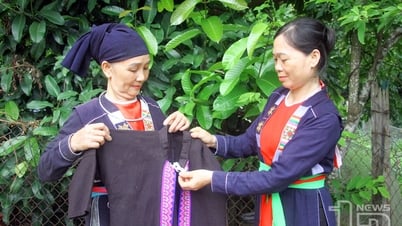












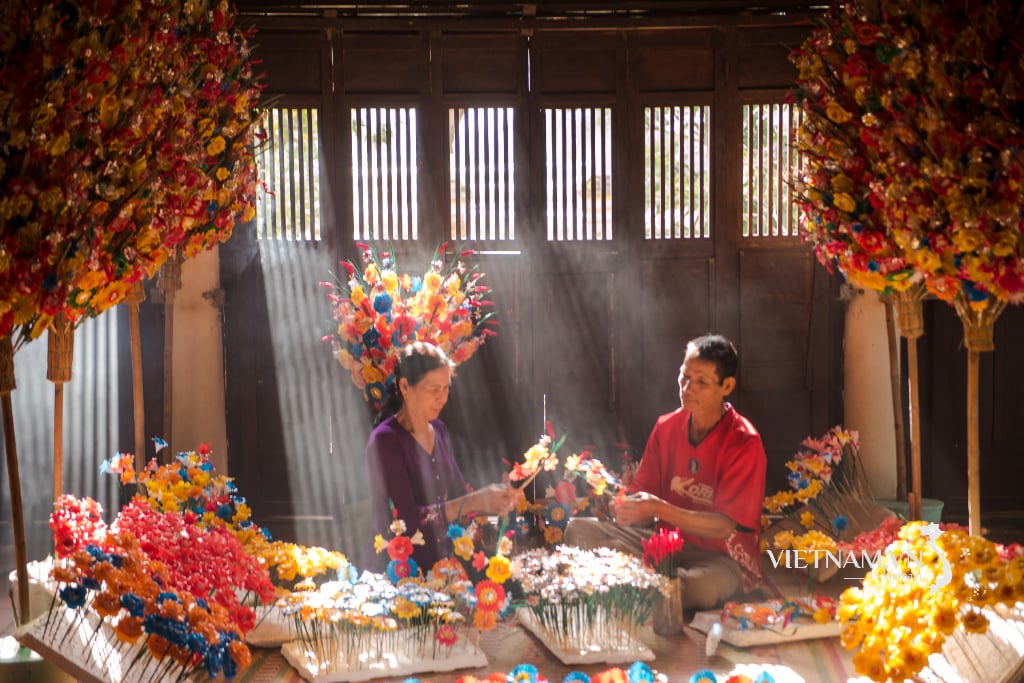
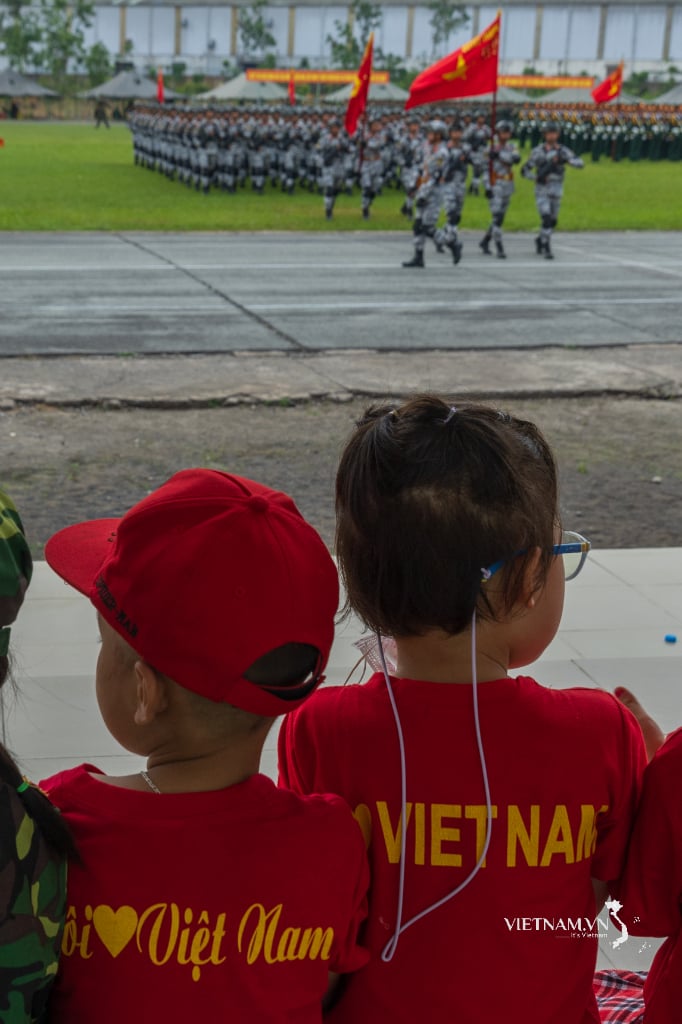
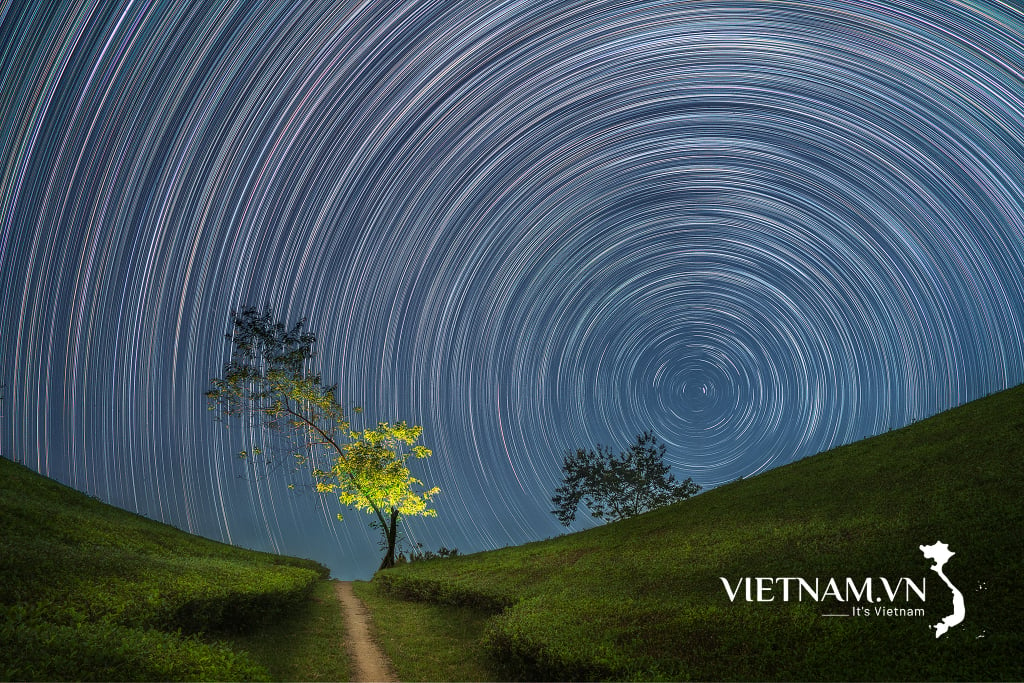
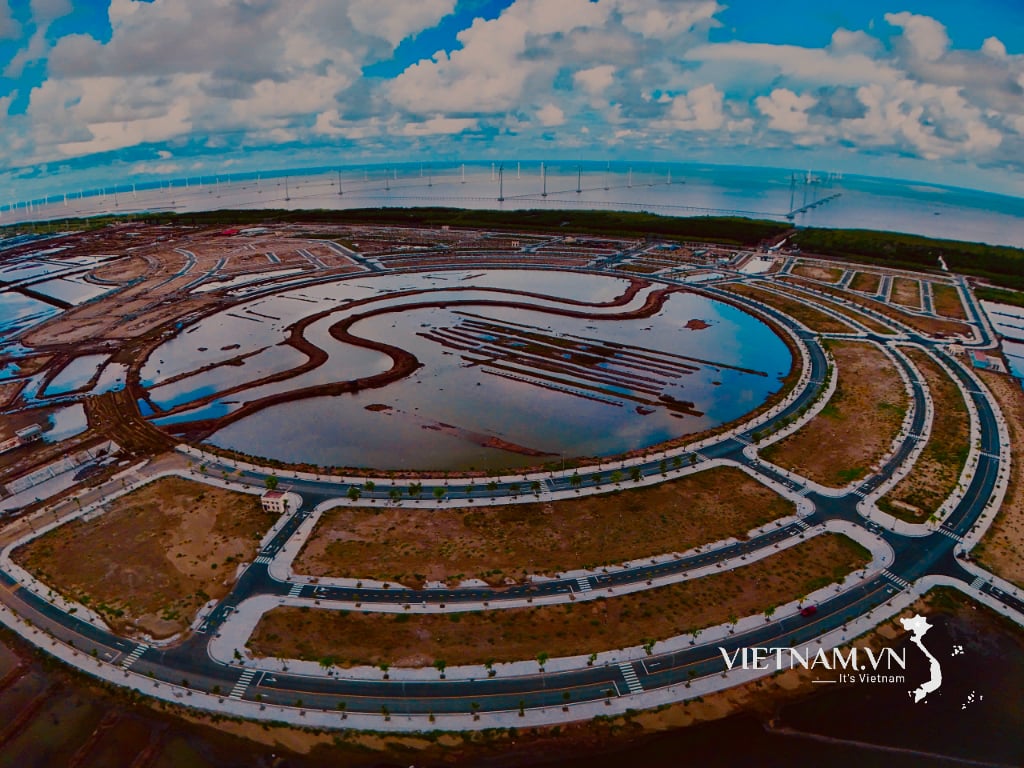
Comment (0)